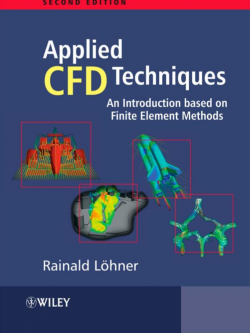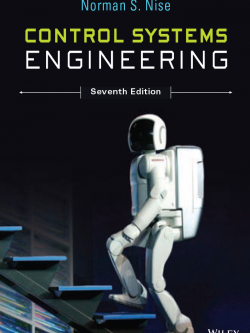Description
In this edition the structure of the First Edition has been retained. However, in the intervening years an enormous number of new experimental and theoretical studies have appeared in the literature, and although this is an introductory text, many of these new studies merit reporting. The additions are spread throughout the text, but can be roughly divided into four groups. The first area is computational science and engineering. Computer simulations of the behaviour of solids, from the engineering of large-scale structures using finite element analysis, via atomistic simulation and molecular dynamics, used to study features such as elastic behaviour and dislocation movement, through to the calculation of the electronic properties of solids via density functional theory, are used routinely in almost all disciplines that are related to the subject matter of this book. The computer calculation of phase diagrams (CALPHAD) also comes into this category. An indication of the principles underlying these programmes of work is given to underpin the computational “black boxes” available (Chapters 1,
2, 4 and 10).
Another area of change is that concerned with nanoscale properties. Here, not only is the primary literature growing rapidly but there are a rapidly increasing number of specialised books that deal with the subject. Some of the properties that are affected by small scales are described, including the magnetic and ferroelectric properties of thin films and superlattices (Chapters 11 and 12) and nanoparticle colours (Chapter 14). Point defects are key components for the manipulation of the physical properties of solids, and this area has been supplemented. The universally used Kroger-Vink notation for point defects has been defined (Chapter 3). The interplay between defect populations and ionic conductivity (Chapter 7), relaxor ferroelectrics (Chapter 11), the electronic
and magnetic properties of cobaltites and manganites, including colossal magnetoresistance (Chapter 12, 13), cuprate superconductors (Chapter 13)
and thermoelectric properties (Chapter 15) are described.
New text has also been added to cover a number of important crystallographically related topics. These include quasicrystals (Chapter 3), phase transformations including first- and second-order transitions, displacive versus reconstructive transitions and order–disorder transitions, and martensitic transitions (Chapter 9), and coverage of crystal symmetry with respect to piezoelectricity (Chapter 11). Other new topics include lithium-air batteries (Chapter 8), increased discussion of elastic moduli and their measurement using ultrasonic waves (Chapter 10), the newly appreciated physical property of flexoelectricity (Chapter 11), crystal field effects, the magnetic properties of garnets and photoinduced magnetism (Chapter 12), dye-sensitized solar cells (Chapter 14), zero thermal expanding solids (Chapter 15), increased discussion of nuclear stability and radioisotope dating (Chapter 16). The text on all these topics is necessarily compact, but can be supplemented by reference to extensive additional sources listed in the Further Reading sections. Because of this expansion of material, of necessity some sections of the original have had to be excised. For the same reason, much of the supplementary information in the first edition has been removed or incorporated into the relevant chapters.
In making these changes, all the material has been rewritten and rearranged to the extent that no single page of this edition is identical to any in the first edition. In addition, all figures have been redrawn in colour. These, together with the solutions to the
Introductory Questions and Problems and Exercises, are to be found on a companion web site (http:// www.wiley.com/go/tilleysolids2e). It is a pleasure to acknowledge the help from the staff at John Wiley, including Rebecca Stubbs, Emma Strickland and Sarah Tilley, all of whom were enthusiastic about this project and fielded my many queries efficiently.
The staff of the Trevithick library in Cardiff University provided, as always, help in tracking down obscure references. Professor F.S. Stone and Dr D.F. Klemperer were generous in their encouragement. Finally I must acknowledge my wife Anne, who has continually supported and helped in more ways that it is possible to record.





